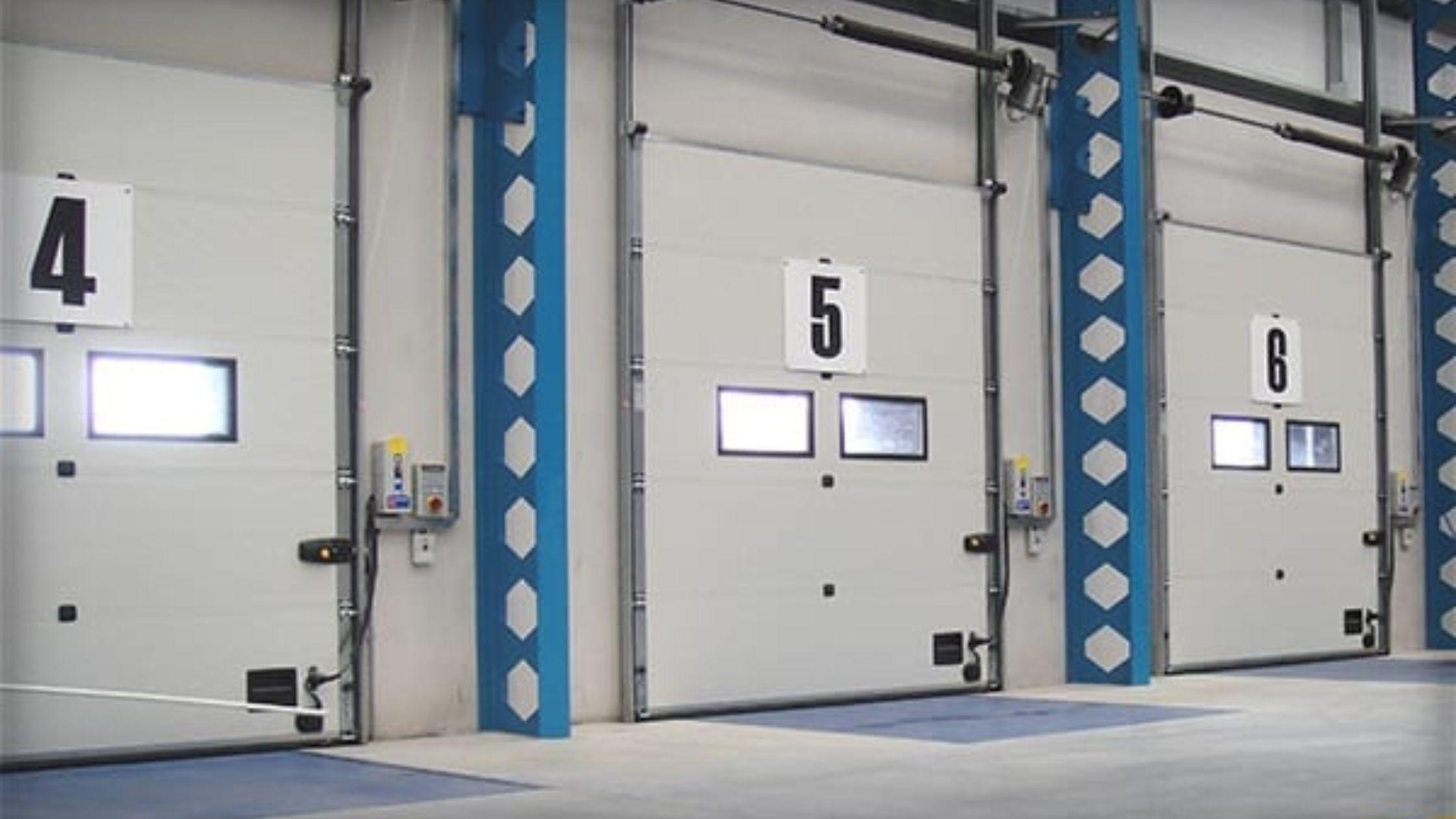As you stand near a set of railroad tracks, the deafening roar of an approaching locomotive sends shivers down your spine. Yet, amidst the thunderous symphony of wheels and engines, there's a silent sentinel that often goes unnoticed but plays an absolutely crucial role in ensuring the safety and efficiency of our railroads: permanent railroad metal signs. These unassuming pieces of metal hold the power to protect, guide, and inform, making them the silent guardians of the rails.
The Quiet Presence of Permanent Railroad Metal Signs
In transportation, where trains and tracks intersect with highways and pedestrian pathways, the need for clear and reliable communication is utmost. This is where permanent railroad metal signs show their essence. They stand as quiet, steadfast sentinels along the railways, performing a vital duty that transcends their unassuming appearance.
Guardians of Safety
Safety is the top priority in the realm of railroads, where trains, often weighing thousands of tons, travel at incredible speeds. Permanent metal signs are indispensable in safeguarding lives. Here's how:
- Warning Signs: Permanent metal signs alert drivers, pedestrians, and railway personnel about upcoming railroad crossings. They convey critical messages, such as "Railroad Crossing Ahead" or "Stop, Look, Listen," prompting everyone to exercise caution.
- Speed Limits: Metal signs along the tracks clearly indicate the maximum speed at which trains should operate in a particular area. These speed limits are essential for preventing accidents and maintaining the integrity of the tracks.
- Clearance and Height Restrictions: Overhead bridges, tunnels, and other structures along the railroad often have height and clearance restrictions. Permanent signs help train operators to navigate safely through these areas without causing damage to their cargo or the infrastructure.
- Hazardous Materials: Rail transport frequently involves the carriage of hazardous materials. Specialized permanent metal signs are used to indicate the presence of such materials, ensuring that first responders are aware of potential dangers in case of an incident.
Guiding the Way
Railway networks are intricate, often spanning vast distances and diverse terrains. Permanent metal signs play a pivotal role in guiding trains and railway personnel.
- Mileposts: Mileposts are permanent metal signs that mark distances along the railway tracks. They serve as reference points for train operators and maintenance crews and allow them to pinpoint their location on the railway network.
- Switch Points: Such signs near switch points help train operators determine the position of railway switches, enabling them to select the correct track and direction.
- Station Signs: At railway stations, these signs provide essential information to passengers, including the station name, schedule, and platform assignments.
- Directional Signs: Signage at junctions and crossovers guides trains onto the correct track for seamless and safe transitions between rail lines.
Information Dissemination
In addition to safety and guidance, permanent railroad metal signs also facilitate the efficient flow of information. Here's how they contribute:
- Schedules and Timetables: Signs displaying schedules and timetables help passengers plan their journeys so that they arrive at the station well in advance of their train's departure.
- Emergency Information: In the event of an emergency, such as a derailment or a hazardous materials spill, these signs provide essential information for emergency responders, including contact numbers and procedures.
- Regulatory Notices: Signs conveying regulatory information, such as weight limits, maintenance schedules, and track conditions, are essential for ensuring the railway's safe and efficient operation.
The Silent Sentinels: Unyielding and Reliable
What makes permanent railroad metal signs, custom metal numbers for metal docks, and various other such signs so remarkable is their resilience. They withstand the harshest of weather conditions, from blistering heat to freezing cold, and remain unfazed by the relentless vibrations and rumblings of passing trains. Their durability is a testament to the unwavering commitment to safety and efficiency in the world of railroads.
